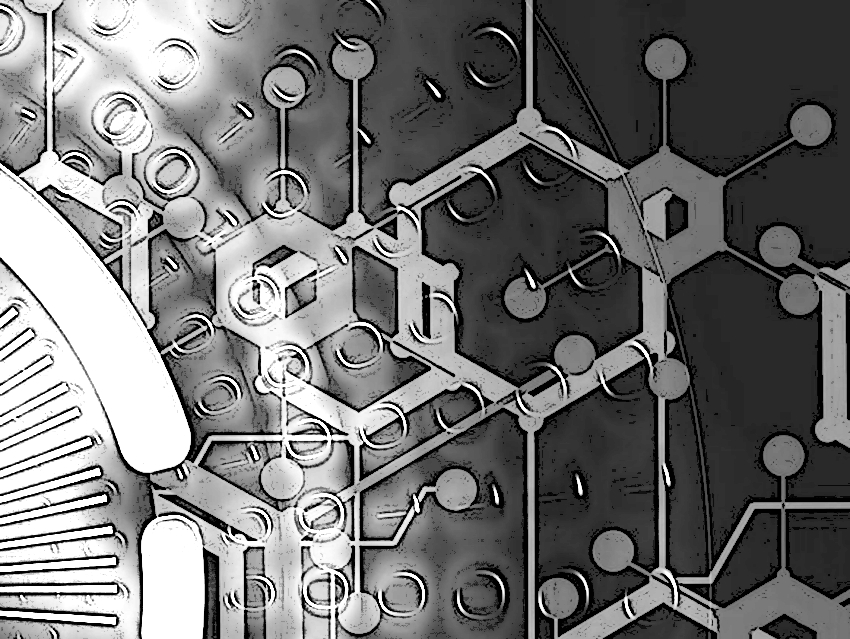In machine learning (ML) methods, computers perform a task by relying on statistics, patterns, and inference instead of explicit instructions. It is starting to be more widely implemented in chemical, biological, and nanotechnology research. Applications range from optimizing chemical synthesis efforts to improving molecular recognition approaches. ML can also be used to optimize the synthesis of colloidal quantum dots (CQDs). Quantum dots (QDs) are tiny semiconductor particles. CQDs can, for example, be used to emit or sense light.
Edward H. Sargent and colleagues, University of Toronto, Canada, have used ML algorithms to improve the dispersity of PbS QDs and, thus, improve the efficiency of the electronic devices these QDs are used in. The QDs were produced by wet-chemical methods and a machine-learning-in-the-loop method was used to analyze the existing experimental data to propose new experimental parameters that could contribute to significant improvements in the QD dispersity. The team digitized laboratory data from 2,300 syntheses, in which parameters such as the Pb:S ratio, the injection temperature of reactants, and the nature of additives had been varied. The ML model then predicts the synthetic outcome of new combinations of parameters.
The ML results show that the addition of a growth-slowing precursor (oleylamine) would favor nucleation over the continued growth of the QDs. Faster nucleation leads to a larger number of smaller QDs. This synthetic strategy was tested in practice and led to QDs with a better dispersity, a record bandgap, and a well-defined absorption peak.
- Machine Learning Accelerates Discovery of Optimal Colloidal Quantum Dot Synthesis,
Oleksandr Voznyy, Larissa Levina, James Z. Fan, Mikhail Askerka, Ankit Jain, Min-Jae Choi, Olivier Ouellette, Petar Todorović, Laxmi K. Sagar, Edward H. Sargent,
ACS Nano 2019.
https://doi.org/10.1021/acsnano.9b03864




![Synthesis of [c2]Daisy Chains via Mechanochemistry](https://www.chemistryviews.org/wp-content/uploads/2025/04/202504_RotaxanesWithSolidStateMechanochemistry-125x94.png)